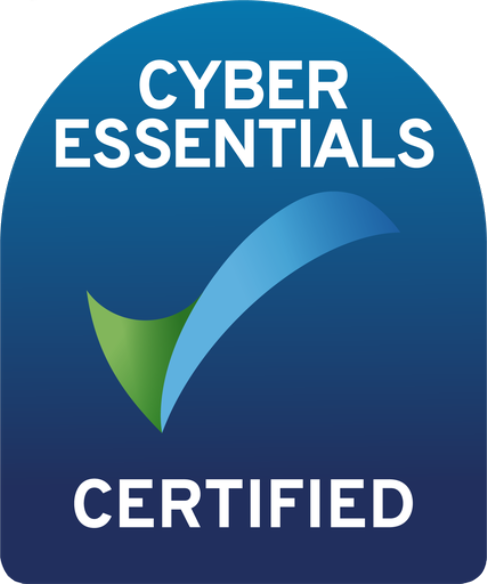As a small business owner, you pour your heart and soul into building a brand that represents your values, products, and services. However, in the competitive world of business, it’s crucial to protect the unique identity you’ve created. One of the most effective ways to do this is by trademarking your business name and logo.
This article will explain what a trademark is, how it differs from copyright and patents, the process of obtaining a trademark, and what to do if you face objections.
What is a Trademark?
A trademark is a sign, design, or expression that identifies and distinguishes the products or services of a particular business from those of other businesses. It can be a word, phrase, symbol, design, or a combination of these. When you trademark your business name and logo, you secure exclusive rights to use them in connection with the goods or services you provide. This means that others cannot use a similar name or logo that might confuse customers or dilute your brand’s identity.
Trademarks vs. Copyright vs. Patents
Understanding the difference between trademarks, copyrights, and patents is essential:
- Trademarks: Protect brand names, logos, and slogans. They are used to identify and distinguish your products or services in the marketplace.
- Copyright: Protects original works of authorship like literature, music, and art. It doesn’t protect your name or title but rather your actual content.
- Patents: Protect inventions or discoveries that are new, useful, and non-obvious. This typically covers technological advancements, processes, and methods that you have created and designed.
Each form of protection is distinct, so it’s important to know which one applies to your specific needs.
Why Trademark Your Business Name and Logo?
- Legal Protection – Trademarking provides you with the legal tools to prevent others from using your business name or logo without permission. This can be critical in protecting your brand from being diluted or misused by competitors.
- Brand Recognition – A registered trademark enhances your brand’s credibility and recognition. Customers are more likely to trust a business with a registered trademark, knowing that it’s a legitimate and established entity.
- Asset Value – A trademark can become a valuable asset over time. As your business grows, so does the value of your brand. A registered trademark can be licensed or sold, providing additional revenue streams.
- Nationwide Protection – In many countries, including the UK and US, trademark registration offers nationwide protection. This means that you’re not just protected in your local area, but across the entire country.
- Deterrence – Having a registered trademark acts as a deterrent to potential infringers. Knowing that you have legal rights over your name and logo can discourage others from trying to copy or imitate your brand.
How to Trademark Your Business Name and Logo (Step – by- Step)
Trademarking your business name and logo involves several steps. We have simplified the registration process into seven straightforward steps:
- Define your Trademark – determine exactly what you want to trademark, whether it’s a logo, slogan, or combination of elements.
- Conduct a Trademark Search – before you apply, it’s essential to ensure that your name and logo aren’t already in use. Conduct a trademark search through the UK Intellectual Property Office. Website.
- Prepare Your Application – once you’ve confirmed that your name and logo are unique, you can begin preparing your application. This usually involves providing:
-
- A clear representation of the trademark (your name or logo)
- A description of the goods or services you’re associated with
- Your personal and business details
- Identifying the classification that best suits your business and brand considering the range of industries, products, and services you operate in.
- Submit Your Application – complete the online form provided by the UK Intellectual Property Office or submit TM3 form by post.
- Examination Process – after submission, your application will be reviewed by a trademark examiner. They will assess whether your trademark meets the necessary criteria and whether it conflicts with any existing trademarks.
- Publication for Opposition – if your application passes the examination, it will be published in the IPO’s online Trademark Journal, giving others the opportunity to oppose your trademark. This opposition period initially lasts 2 months. If someone gives notice that they are considering opposition, then the period is extended to 3 months.
- Registration – If no oppositions are filed, or if any oppositions are successfully resolved, your trademark will be registered, and you’ll receive a certificate of registration.
Alternatively you can engage a business advisor and consultant like Beansprout to do the job for you, leaving your free from the admin and form filling.
What to Do If an Objection is Received
Receiving an objection during the trademark process can be concerning, but it’s not uncommon. Here’s what to do if you receive an objection:
- Understand the Reason for the Objection – Trademark objections can arise for several reasons, including:
-
- Similarity: Your trademark is too similar to an existing trademark.
- Descriptiveness: Your trademark is considered too descriptive of the goods or services you offer.
- Misleading: Your trademark could be seen as misleading to consumers.
- Respond to the Objection – You typically have the option to respond to the objection within a specified period. Your response should address the examiner’s concerns and provide evidence or arguments supporting why your trademark should be registered.
- Consider Professional Help – If the objection is complex, it might be worth consulting with a trademark lawyer. They can help you craft a more persuasive response and increase your chances of overcoming the objection.
- Appeal the Decision – If your response is unsuccessful, you may have the option to appeal the decision. This involves a more formal process and could require presenting your case before a tribunal or court.
Conclusion
Trademarking your business name and logo is a crucial step in protecting your brand and securing your business’s future. While the process may seem daunting, understanding the steps involved and knowing how to handle potential obstacles can make it much more manageable. By investing in a trademark, you’re not just protecting your brand today—you’re laying the groundwork for your business’s long-term success.
As trusted business consultants to small businesses we have successfully supported our clients in registering their own Trademarks as well as our own. If you want to work with an accountant who offers more than accountancy services, contact us and we can help you protect your brand today.
Related News
Most accountants aren’t built for growth - here’s how to find one who is. If you’re a business owner with [...]
UK tax is changing for self-employed business owners and landlords. The thought of Making Tax Digital (MTD) may seem overwhelming. [...]
If you were faced with a hefty tax bill in January 2025, you’re not alone. Unfortunately, by the time your [...]











